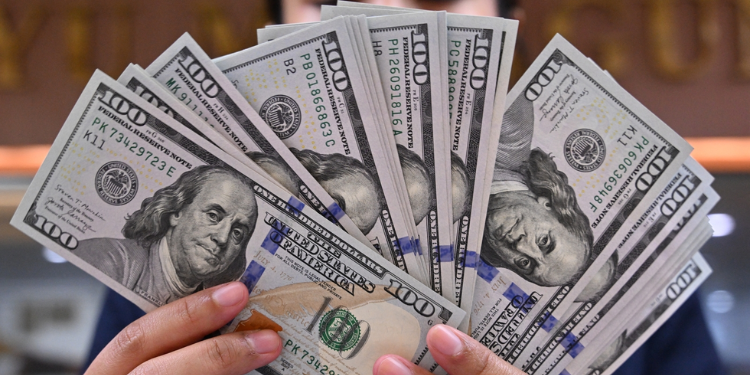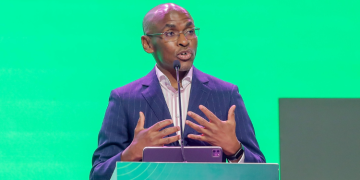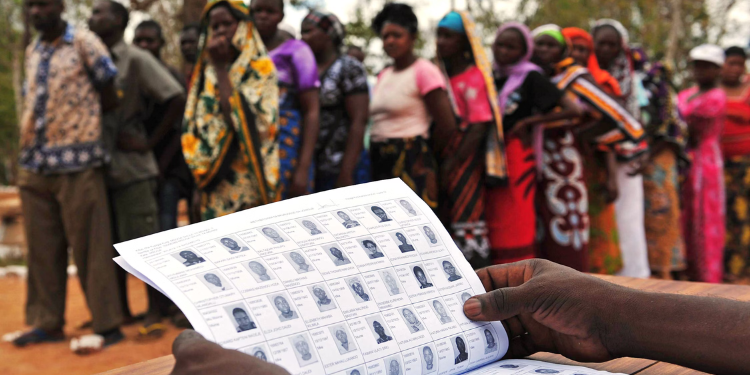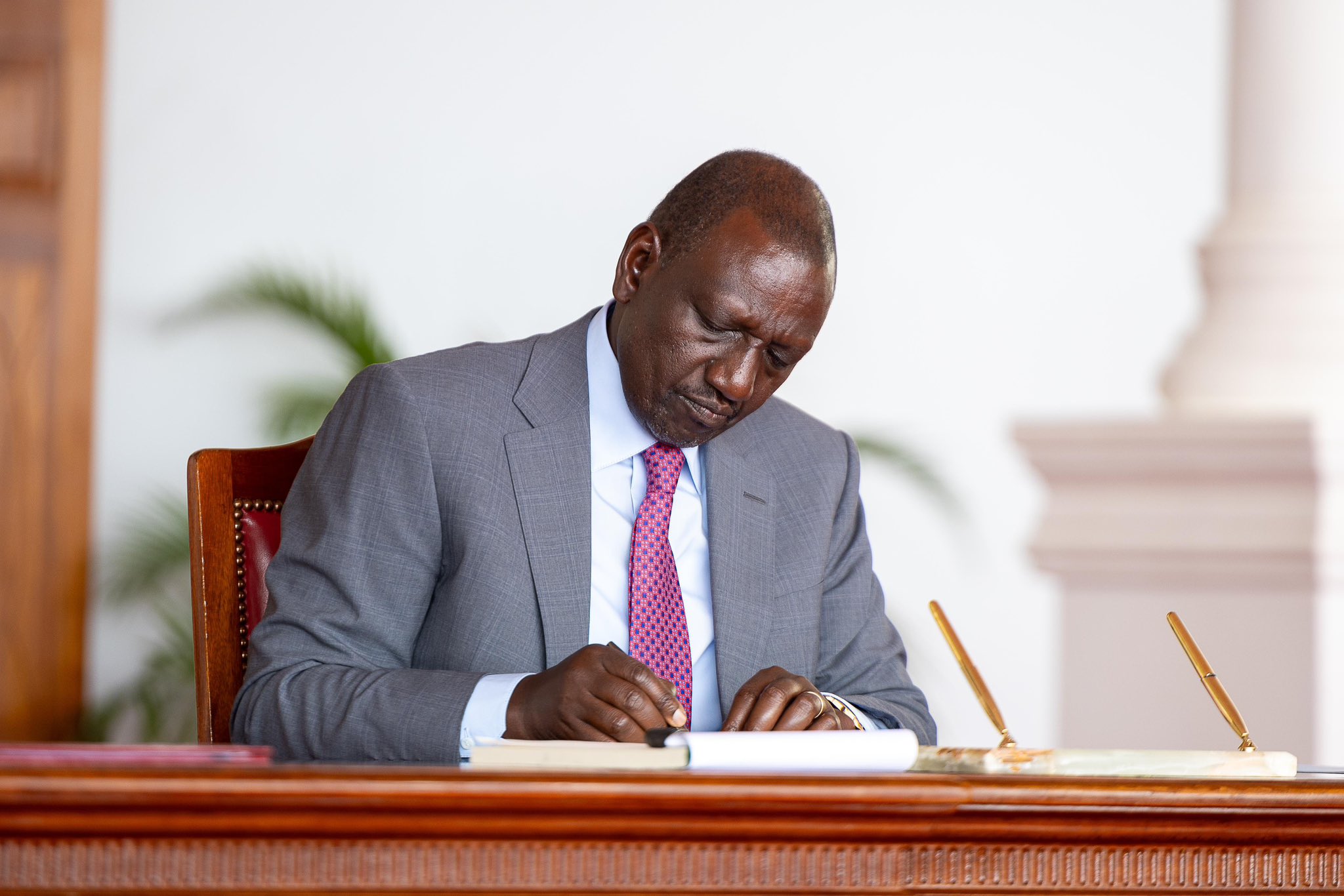The dollar edged up against the euro and the yen, but remained within striking distance of Friday’s lows, after weak U.S. jobs data boosted bets on Federal Reserve rate cuts and triggered a sharp selloff in the greenback.
Investors are awaiting services data from the Institute for Supply Management (ISM), which should show a mild improvement supporting the greenback.
Goldman Sachs expects the Fed to deliver three consecutive 25 basis-point rate cuts starting in September, with a 50 basis-point move possible if the next jobs report shows a further rise in unemployment.
It also sees the European Central Bank as having concluded its easing cycle.
Economists raised their growth forecasts for the euro area and Japan following relatively benign trade agreements, while arguing that Friday’s U.S. jobs report confirmed the economy is hovering near stall speed.
Meanwhile the firing of the head of the Bureau of Labor Statistics (BLS) on Friday, and the resignation of Fed Governor Adriana Kugler, could harden the views of the FOMC to ensure its independence is protected, analysts said, recalling that the new appointee will be just one vote on the Fed’s Federal Open Market Committee (FOMC).
Trump Gamble Starts Paying Off as Dollar Edges Up Against the Euro and Yen
The euro was last down 0.25% at $1.1544, after hitting on Friday $1.15855.
The dollar index, which measures the U.S. currency against six counterparts, was up 0.30% at 98.864, after touching a one-week low earlier in the session at 98.609.
“Traders likely inferred that the (U.S. jobs) report gave President Donald Trump even more justification to ‘fire’ Jay Powell,” said Thierry Wizman, global forex and rates strategist at Macquarie Group.
“Alternatively, it gave Trump even more support for giving the Chairmanship to someone that would be more ‘structurally’ dovish,” he added, arguing that Friday’s employment report shifted the outlook for where the Fed Funds rate target will be one year from now.
Sterling edged higher against the dollar, as traders expect the Bank of England to maintain its rate guidance at this week’s policy meeting. It was last up 0.05% at $1.3291.
Also Read: Euro Hits Highest Point Against the US Dollar Since 2021
Rate Cuts
Money markets are now pricing in a 92% chance of the Fed cutting rates in its next meeting in September, compared with 63% a week earlier. They also indicate 130 bps of rate cuts by October 2026, 30 bps more than the levels seen on Friday before U.S. jobs data.
The Japanese yen was down 0.34% at 147.6 per dollar after minutes of its June policy meeting showed a few Bank of Japan board members said the central bank would consider resuming interest rate increases if trade frictions de-escalate.
“The pressure to hike (rates) could also come from a wish to help support and stabilize the Japanese government bonds (JGB) market,” said Derek Halpenny, head of research global markets at MUFG, mentioning a weak outcome of a JGBs auction.
“But JGB market instability remains a downside risk for the yen,” he added.
The focus remains on tariff uncertainties, after the latest duties imposed on imports from scores of countries last week by Trump stoked worries about the health of the global economy.
Also Read: New Trump Tariffs: Early Modelling Shows Most Economies Lose – the US More Than Many
The 15% tariff that European Union goods face when entering the US is all-inclusive, a senior EU official said on Tuesday.
The Swiss franc extended losses for a second day, weakening 0.25% to 0.8103 per dollar after dropping 0.5% in the previous session. However, it was still above the levels seen before Friday’s economic figures, at around 0.8128.
Switzerland is looking to make a “more attractive offer” in trade talks with Washington, to avert a 39% U.S. import tariff on Swiss goods that threatens its export-driven economy. (Reporting by Stefano Rebaudo; Editing by Sam Holmes, David Holmes, and Giles Elgood).
Follow our WhatsApp Channel and X Account for real-time news updates.




















































![Senator Allan Chesang And Chanelle Kittony Wed In A Colourful Ceremony [Photos] Trans Nzoia Senator Allan Chesang With Channelle Kittony/Oscar Sudi]( https://thekenyatimescdn-ese7d3e7ghdnbfa9.z01.azurefd.net/prodimages/uploads/2025/11/Trans-Nzoia-Senator-Allan-Chesang-with-Channelle-KittonyOscar-Sudi-360x180.png)






















